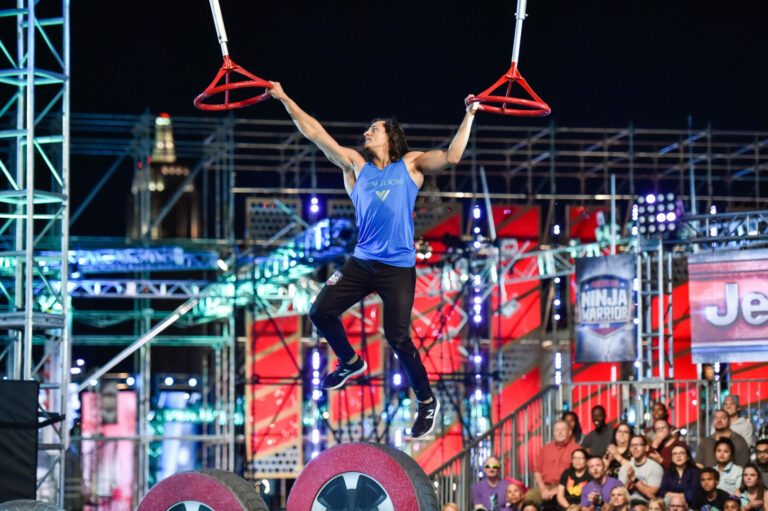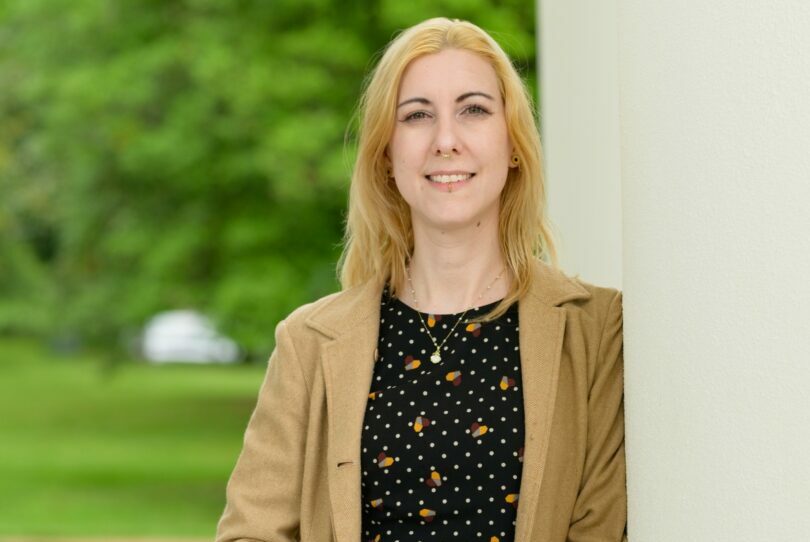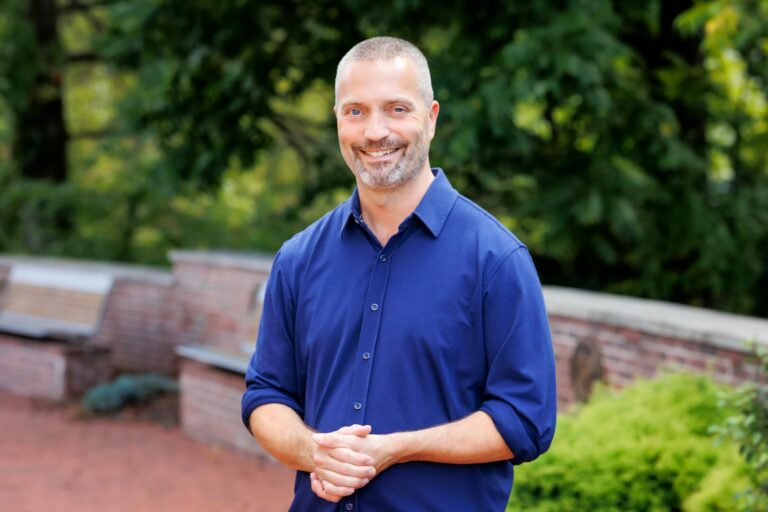We were lucky to catch up with Anastasia Temirkhan recently and have shared our conversation below.
Anastasia, so great to have you with us and we want to jump right into a really important question. In recent years, it’s become so clear that we’re living through a time where so many folks are lacking self-confidence and self-esteem. So, we’d love to hear about your journey and how you developed your self-confidence and self-esteem.
Confidence and self-esteem, for me, have always been connected to curiosity and exploration. By allowing myself the freedom to experiment—whether through unconventional tools, materials, or ideas—I have learned to trust my instincts and embrace uncertainty. The act of creation itself builds confidence because it is a constant dialogue with the unknown.
Each project, even when it begins hesitantly, carries the potential to transform into something remarkable. Over time, this process has taught me to appreciate the uniqueness of my approach and the results it yields. Working with cultural and commercial institutions who value aesthetics has also reinforced my belief in my creative vision, as I see how my ideas resonate with others.
Ultimately, I think confidence grows when you allow yourself to take risks, fail, and try again, knowing that each step is part of an ongoing discovery. By focusing on revealing the essential character of things, I stay true to what inspires me, and that clarity provides a strong foundation for my self-esteem.
Great, so let’s take a few minutes and cover your story. What should folks know about you and what you do?
I’m Anastasia Temirkhan, a graphic designer specialising in visual identities, branding and creative direction. I was born in a country that no longer exists and I currently live in a country without a capital. My work is all about creating memorable meanings through form, patterns, and typography. What excites me most of my work is the process of transforming curiosity into design. My approach begins with inspiration from art and everyday encounters, like a unique texture on the street or an unexpected combination of shapes. These impressions are distilled into essential forms and ideas, which become the foundation for highly individualised projects.
What I feel is most special about my work is that it balances structure with exploration. While I aim to create meaningful and functional designs, I also leave room for experimentation—whether that’s using unconventional materials or finding fresh ways to express ideas. This keeps my process dynamic and ensures each project feels alive and unique. Design for me is not just a profession; it’s a way of interpreting life and sharing its nuances with the world.
If you had to pick three qualities that are most important to develop, which three would you say matter most?
Looking back, three qualities have been most impactful in my journey: curiosity, adaptability, and the willingness to experiment.
Curiosity has always been my compass. It’s what drives me to explore art, culture, and even the smallest details in my surroundings. This curiosity fuels my creativity and helps me see potential where others might not. All know the proverb “curiosity killed the cat”, though few know how it continues: “but satisfaction brought it back” – it is really important in our profession to be curious.
Adaptability is equally important. As a designer, no two projects are the same, and being able to approach each challenge with an open mind has allowed me to navigate very different projects and tailor my work to diverse cultural contexts.
Lastly, the willingness to experiment has shaped the uniqueness of my work. Stepping out of my comfort zone and embracing unconventional tools and methods have not only improved my skills but also deepened my confidence in my creative instincts.
For those just starting their journey, my advice is to cultivate these qualities intentionally:
– Nurture your curiosity: Stay observant and engaged with the world around you. Take inspiration from unexpected places—art, nature, conversations, or even objects on the street.
– Learn to adapt: Be open to feedback and new challenges. Every project or collaboration offers an opportunity to learn something new, and flexibility can lead to surprising breakthroughs.
– Experiment boldly: Don’t be afraid to fail. Set aside time to explore ideas and materials just for the sake of discovery. These moments of play and exploration are where innovation often begins.
Ultimately, focus on staying authentic to your vision while allowing yourself room to grow and evolve. A creative journey is rarely linear, but that’s what makes it so rewarding!
Okay, so before we go we always love to ask if you are looking for folks to partner or collaborate with?
I am a big believer in collaborations and partnerships. They are a great way to enrich yourself, share experiences and get acquainted with different cultures, diverse backgrounds and alternative ways to see the world. I value collaborations not only with other graphic designers, but also with professionals from different fields, particularly creative people: musicians, theatre directors, artists and of course motion and sound designers. For instance, I recently worked with Anton Waterkeyn to animate my poster for Zurich Design Week (“Poster Safari”) and I really enjoyed the creative process. Anton’s three-dimensional way of looking at things offered another level of storytelling that was fresh and unexpected. If I had to name a few professionals I admire with whom I would be keen to collaborate in the near future, I would say Kirill Serebrennikov, Alexander Ponomarev and Joe Hisaishi, while in the graphic design field the names that first come to mind are Igor Gurovich, Jumping He, and Peter Bankov, as well as Misha Lychkovskiy and Anya Kulachek.. the list is quite long though!
Contact Info:
- Website: atemirkhan.com
- Instagram: https://www.instagram.com/th.aristocat/
















